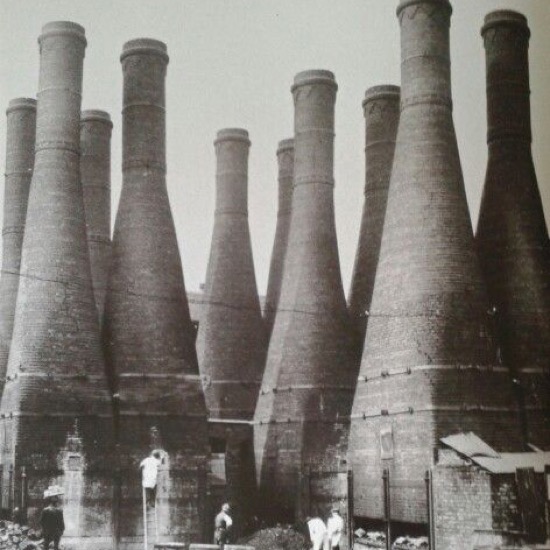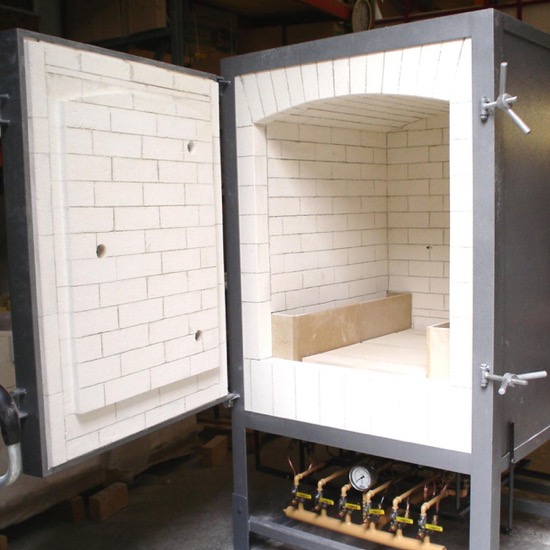08 / Nov / 2020
Creating Ceramics Through Heat
The basic principles used in the production of ceramics are the same now as they were 1000’s of years ago. You take clay, shape it and apply heat. It was one of the first materials to be used to create both functional and decorative objects. Heat changes a very malleable material into a solid. Clay is a thermoplastic. Once the heat has changed the structure of the clay the process is irreversible.

" Clay is a thermoplastic. Once the heat has changed the structure of the clay the process is irreversible. "
The basic principles used in the production of ceramics are the same now as they were 1000’s of years ago. You take clay, shape it and apply heat. It was one of the first materials to be used to create both functional and decorative objects. Heat changes a very malleable material into a solid. Clay is a thermoplastic. Once the heat has changed the structure of the clay the process is irreversible.
Early firing systems used bonfires and pits to create firing chambers , but the resulting temperatures achieved were not high enough and the ceramics produced were not very durable. Clays materials and fuels were found locally.
 |  |  |  |
Industrial Ceramics production could only exist in an area if there was sufficient supply of local coal and clay. That is the reason Stoke on Trent became a centre for industrial mass ceramic production.
 |  |  |  |
Studio Ceramicists today use the same basic principles from centuries past. The only difference is the equipment and the materials. Modern kilns allow for the firing of ceramics upto 1300 degrees using electricity and gas. Modern clay and glaze technologies have provided the ceramicist with a vast array of colours, textures, finishes and firing temperatures.
John Cook ⇢ NPA
 |  |  |  |











